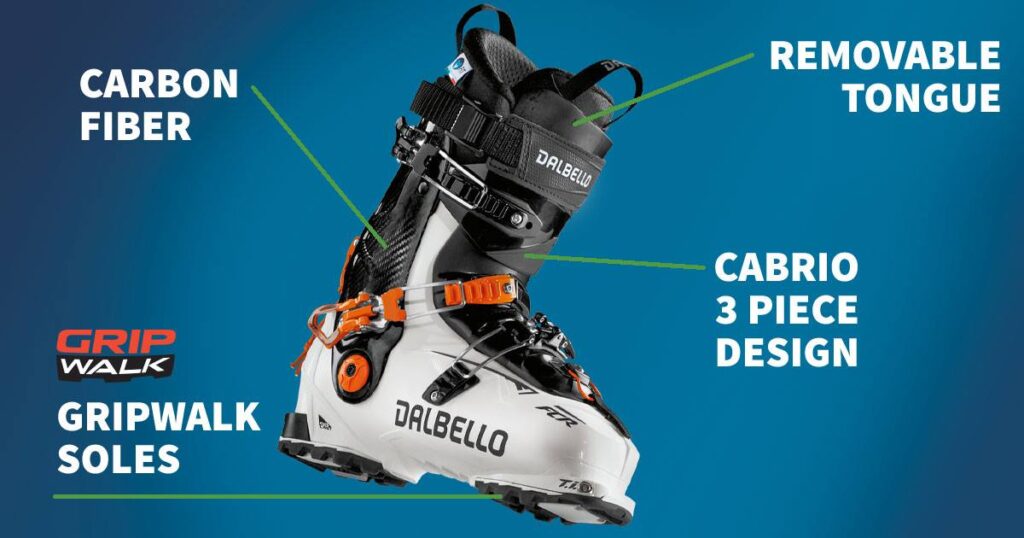
Ski boot sizes come in ‘Mondo Point’. This is a sizing system that was developed in the 1970s by the International Organisation for Standardisation (ISO) to create a universal sizing scale specifically for ski boots. Mondo (meaning ‘world’) is calculated by measuring the length of your foot in centimetres, from the heel to the big toe. Mondo point is universal for all ski boots and seeing a professional boot fitter is the best way to find out your correct ski boot size. Our boot fitters at Goskand Ski Shop, have all the necessary apparatus to get an accurate measurement. The width of your foot is also considered, as ski boots can come in varied widths just as you can with regular shoes.
Renting or Owning
When looking at getting fitted and buying your own ski boots – there are many factors that can be addressed, especially with the width and sizes foot issues that comes with. Of course, there are many different foot shapes, so it is important to get the best fit for you. Professional fitters such as ours at Goskand will go through the options to suit your needs so you can confidently use your boots with little to no issues, due to the correct fitting and sizing procedures.
“Have I done them too tight or too loose?”
Most of the time we think that the tighter, the better and therefore the more secure. When it comes to ski boots, this isn’t always the case. There is a better method to staying secure and comfortable in your ski boots without trying to squeeze the life out of your buckles.
When you are in the ski boot with everything just resting or undone, you can tap the heel of your ski boots so that you feel your heel get right back into the correct position. If there is too much space between the heel and the back of your ski boot, you will create issues with comfort and it can affect the way you are skiing.
Next pull in your power strap which can be done fairly firm. Then you would look to your second buckle down from the top that sit between the shin and ankle. This does most of the work of holding your ankle and heel in place and should be tightened as far it goes before it starts to become painful. Your top buckle can be done in the same way, and then check if you can adjust the second one anymore. The bottom two buckles over the top of the foot should be on the loosest setting as these are mainly just for keeping the ski boot shell together and keep snow out. Remember to use the micro-adjustment on your buckles for precision. If your foot is still slipping or rolling around in the bottom of the boot – they are too wide for you!
It is a common problem that the arch of your foot will start to ache and feel uncomfortable. This normally boils down to lack of support. With no support there, the ankle rolls in and can flatten your arches.
“Why are my feet still cold whilst wearing ski socks?”
When it comes to staying warm, we often think ‘more is better’. However, the thicker the layers, the less likely your body will react in the right way. Less definitely is more, even with ski socks.
When we have a sock too thick in the ski boot, this is likely to cause more tightness or pinching around the shins, which leads to a cut off in circulation and therefore not enough warm blood getting to those extremities. We recommend a thinner sock made out of better materials such as merino wool. They may look a lot thinner, but the fabric reacts with your body in an essential way to keep the natural warmth in and stay very comfortable all day whilst skiing. As well as the amount of material, there are specific areas in ski socks that help your foot stay comfortable. This can be articulated areas around the ankle or toe box, or varying thicknesses where it’s needed most. You can ask one of our shop and ski boot technicians about the ski sock options available at Goskand Store.
